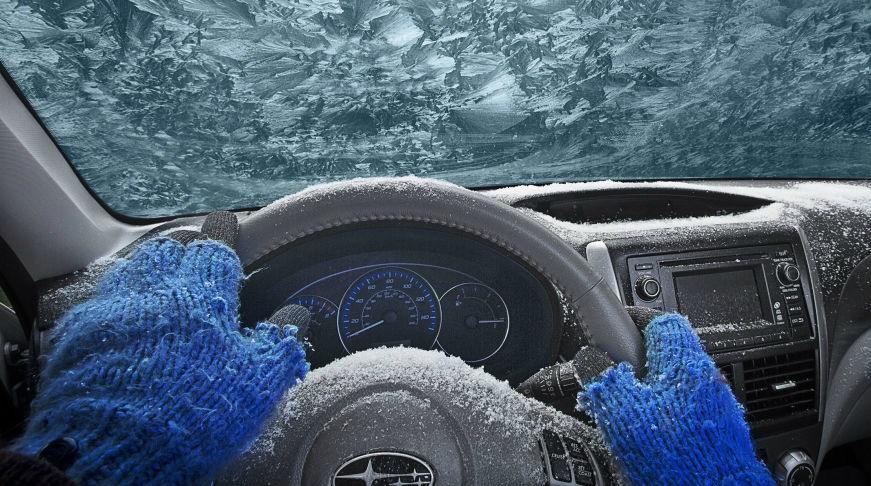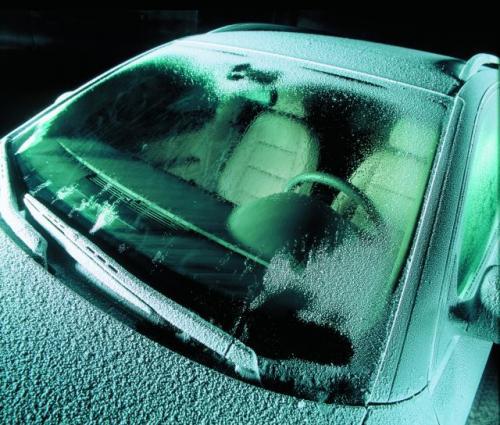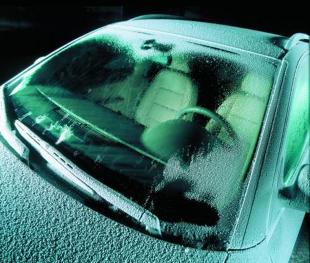
Moisture in the car
 Each season of the year is fraught with certain problems for motorists, which should be remembered in order to avoid unpleasant surprises while driving.
Each season of the year is fraught with certain problems for motorists, which should be remembered in order to avoid unpleasant surprises while driving.
Each season of the year brings certain challenges to motorists that should be kept in mind in order to avoid unpleasant surprises while driving.
Autumn and winter are characterized, from the driver's point of view, by significant diurnal temperature differences (including frosts), frequent rains and snowfalls. As a result, much more moisture accumulates inside the car, including fogging or icing of the windows, and can cause problems with starting the engine.
Water gets inside the car on shoes, wet clothes (or umbrellas), when entering and exiting in the rain, through worn door and trunk seals, and also when breathing. So it is impossible to completely get rid of it, but you can  significantly reduce its amount.
significantly reduce its amount.
It is worth knowing that cabin filters absorb dirt, but can also accumulate a large amount of moisture. So if they have not been changed for a long time or turned on after a long time, then the blower will blow air with a lot of water vapor inside. Upholstery, floor coverings, spotlights and rugs can also accumulate a lot of water.
Transparent panels
The main “weapon” of the driver is an efficient air conditioning and / or ventilation system, as well as heated rear and front (if any) windshields. Unfortunately, if we don't put the car in a warm garage, we'll have to plan to start driving before spring, at least a few minutes earlier than before. It is to move when water vapor or frost has completely disappeared from the windows. Not all drivers want to remember that driving in a "confused" wheel on the windshield faces a fine, not to mention the possibility of causing an accident.
It is worth maintaining the interior heating with a strong air flow on the windshield, but on the condition that it is not cold air with a lot of moisture, i.e. outside. In this regard, cars with air conditioning, which by its nature dehumidifies the air, are privileged. In cars with automatic air conditioning, which works all year round, there is practically no condensation on the windows. However, with manual air conditioning, you first need to slightly increase the heating.
In the autumn-winter period, it is recommended to replace velor mats with rubber ones, after drying the flooring well. It is easy to get rid of water from rubber tubs. When getting into the car, it is good, if possible, to put a wet jacket or umbrella in the trunk. If, on the other hand, the car is parked in the garage overnight, it is recommended to leave the windows ajar.
The chemical industry also came to the aid of drivers, offering special preparations. After their use, a special coating (so-called hydrophobic) is formed on the surface of the glasses, which prevents the glasses from fogging. There are also chemicals that are used to protect upholstery, chairs, and ceilings from excess moisture.
Better full
Water accumulates not only in the cabin. A very sensitive place is the fuel tank, where water accumulates due to the condensation of water vapor on cold walls. The rule applies here - the empty the tank, the easier and more water accumulates in it. As a result, we may have problems starting the engine or its uneven operation. The solution is to fill up whenever possible "under the cap" and use chemical additives added to the fuel to help absorb water in the fuel tank.
It is also worth remembering that damp electrical wiring can also be the cause of problems with the morning start of the engine.
Finally, it is worth mentioning a good, albeit somewhat expensive solution, the so-called parking heater (parking heater). This device was invented in cold Scandinavia specifically for parking cars on the street. While older models required a home electrical connection (difficult or impossible for many reasons), the latest models are based on a completely new concept. They have their own, small and powerful internal combustion engines that run on fuel from a car tank. They don't need keys in the ignition or a battery connection and are activated with a remote control or a timer. As a result, after night frosts, we get into a dry and warm car, and a warm car engine should not cause problems with starting. The price of such a device fluctuates around 5 PLN.
